Krakow
"Discover Kraków: Ultimate Travel Guide & Must-Do Experiences in Poland’s Historic Gem"
Kraków in June: A Vibrant Tapestry of Festivals, Culture, and Budget-Friendly Travel
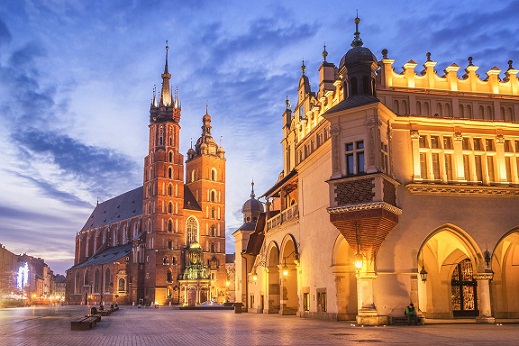
June transforms Kraków (also spelled Cracow) into a lively cultural hub where ancient traditions meet modern festivity.
From soul-stirring Jewish heritage celebrations to enchanting midsummer rituals along the Vistula River, the city offers an unforgettable blend of history, music, and local charm. Whether you're a culture vulture, a budget traveler, or simply seeking a unique European summer experience, Kraków in June delivers on all fronts.
Top June Festivals in Kraków
1. Jewish Culture Festival – A Living Legacy in Kazimierz
When: Mid to late June (typically 9–16 days)
Where: Kazimierz district, Kraków
Once the heart of Jewish life in Poland, Kazimierz was devastated during World War II, with over 90% of Poland’s Jewish population murdered in the Holocaust. Yet, rather than fading into memory, Jewish culture has experienced a powerful renaissance, nowhere more visibly than at Kraków’s Jewish Culture Festival.
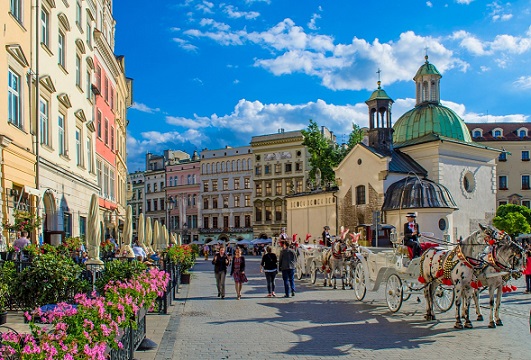
- Founded in 1988, the festival began as a grassroots initiative to revive and celebrate Jewish traditions in post-communist Poland. The 2024 edition marks its 36th anniversary, not the 18th as sometimes misreported, making it one of the longest-running and most respected Jewish cultural events in the world.
- What to expect: Over 300 events including klezmer concerts, Hasidic singing, Yiddish theater, film screenings, art exhibitions, workshops in Jewish paper-cutting (wycinanki), calligraphy, cooking classes, and even dance lessons in traditional Jewish styles.
- Accessibility: Nearly all events are free and open to the public, held in synagogues, courtyards, cafes, and historic venues across Kazimierz.
- Why it matters: The festival isn’t just entertainment, it’s an act of remembrance, education, and cultural reclamation. It draws thousands of visitors from around the globe, including Jewish diaspora members reconnecting with their roots.
Official Website: [jewishfestival.pl](https://www.jewishfestival.pl)
Fun Fact: Kazimierz was once an independent city until it was incorporated into Kraków in 1800. Today, it’s a UNESCO-recognized cultural district and a symbol of interfaith dialogue.
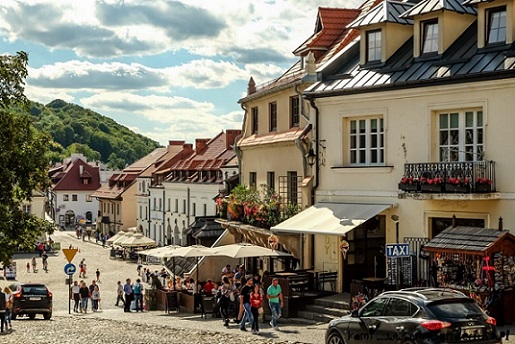
2. Wianki – The Midsummer Night of Wreaths
When: June 24 (St. John’s Eve / Noc Świętojańska)
Where: Along the Vistula River, near Wawel Castle
Wianki (pronounced vee-AHN-kee) means “wreaths” in Polish and refers to a centuries-old Slavic midsummer tradition that predates Christianity. Originally a pagan fertility rite, it was later syncretized with the feast of St. John the Baptist.
- The Ritual: Young women float handmade flower wreaths adorned with lit candles down the Vistula River. According to folklore:
- If the wreath returns to shore, the girl will remain unmarried.
- If it sinks, tragedy may follow.
- If it floats away smoothly, she’ll marry happily.
- Modern Celebration: Today, Wianki is a massive open-air festival featuring:
- Live music (from Polish pop stars to international DJs)
- Fireworks over the Vistula
- Art installations
- Food stalls serving pierogi, oscypek (smoked cheese), and local craft beer
- Theatrical performances and poetry readings
- The event culminates in a spectacular fireworks display with Wawel Castle as the majestic backdrop.
More Info: [Visit Kraków – Wianki](https://www.krakow.pl) or [Poland Travel](https://www.poland.travel)
Quirky Tip: Join the locals! You can buy or make your own wreath at craft stalls along the riverbank. Floating one yourself adds a magical personal touch to the night.
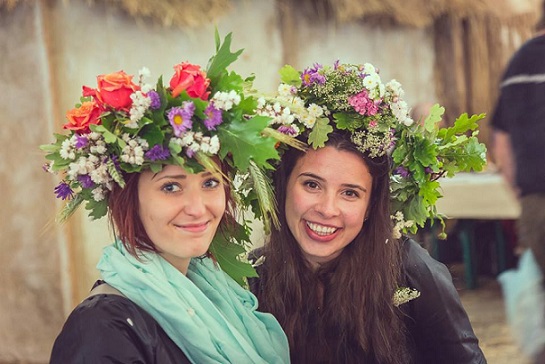
Budget Travel Tips: Where to Stay in June
June is peak tourist season, so book early, especially if you want to stay near the Old Town or Kazimierz. Fortunately, Kraków remains one of Europe’s most affordable major cities, with excellent hostel options:
Top-Rated Budget Hostels (Under €12/night):
- Greg & Tom Beer House Hostel – Famous for free dinners and pub crawls.
- Mosquito Hostel – Cozy, social, and steps from the Main Market Square.
- AQQ Hostel – Modern design, quiet rooms, and a rooftop terrace.
- Secret Garden Hostel – Hidden courtyard vibe with garden seating.
- Free Spirit Hostel – Great for solo travelers; includes free walking tours.
Fact Check: While some hostels advertise rates as low as €8–10 with breakfast, prices can rise to €15–20/night in June due to high demand. Always compare on platforms like Hostelworld, Booking.com, or Google Hotels.
Pro Tip: Many hostels include free walking tours, pub crawls, or bike rentals, great for meeting fellow travelers and saving on activities.

Culinary & Cultural Quirks
- Try zapiekanka – Kraków’s iconic open-faced baguette topped with mushrooms, cheese, and ketchup. Best found in Plac Nowy (Kazimierz).
- Say “dziękuję” (jen-KOO-yeh) – A simple “thank you” goes a long way with locals.
- Public transport is cheap and efficient: A 24-hour ticket costs ~€4 and covers trams, buses, and even the train to the Wieliczka Salt Mine.
- Avoid “currency exchange” kiosks with no fees – They often have hidden poor rates. Use banks or ATMs instead.
✅ Final Checklist for June in Kraków
- ✅ Book accommodation at least 4–6 weeks in advance
- ✅ Pack light layers—June temps average 15–25°C (59–77°F)
- ✅ Download Jakdojade (public transport app) and Google Translate
- ✅ Visit Schindler’s Factory and Galicia Jewish Museum for deeper historical context
- ✅ Attend at least one free concert at the Jewish Culture Festival
- ✅ Be by the Vistula at dusk on June 24 for Wianki magic
Kraków in June isn’t just a destination, it’s an experience. Where else can you dance to klezmer under medieval arches one night and float a candlelit wreath beneath a castle the next, all without breaking the bank? Come for the festivals, stay for the soul of the city.

Kraków (Polish pronunciation: [ˈkrakuf] also spelled Krakow or Cracow, is the 2nd largest and one of the oldest cities in Poland. Its historic center was inscribed on the list of World Heritage Sites as the first of its kind. Krakow is situated on the Vistula River (Polish: Wisła). The city dates far back to the 7th century. It has traditionally been one of the leading centers of Polish academia, cultural and artistic life and is one of Poland's most important economic center. It was the capital of Poland from 1038 to 1596; the capital of the Grand Duchy of Kraków from 1846 to 1918; and the capital of Kraków Voivodeship from the 14th century to 1999.
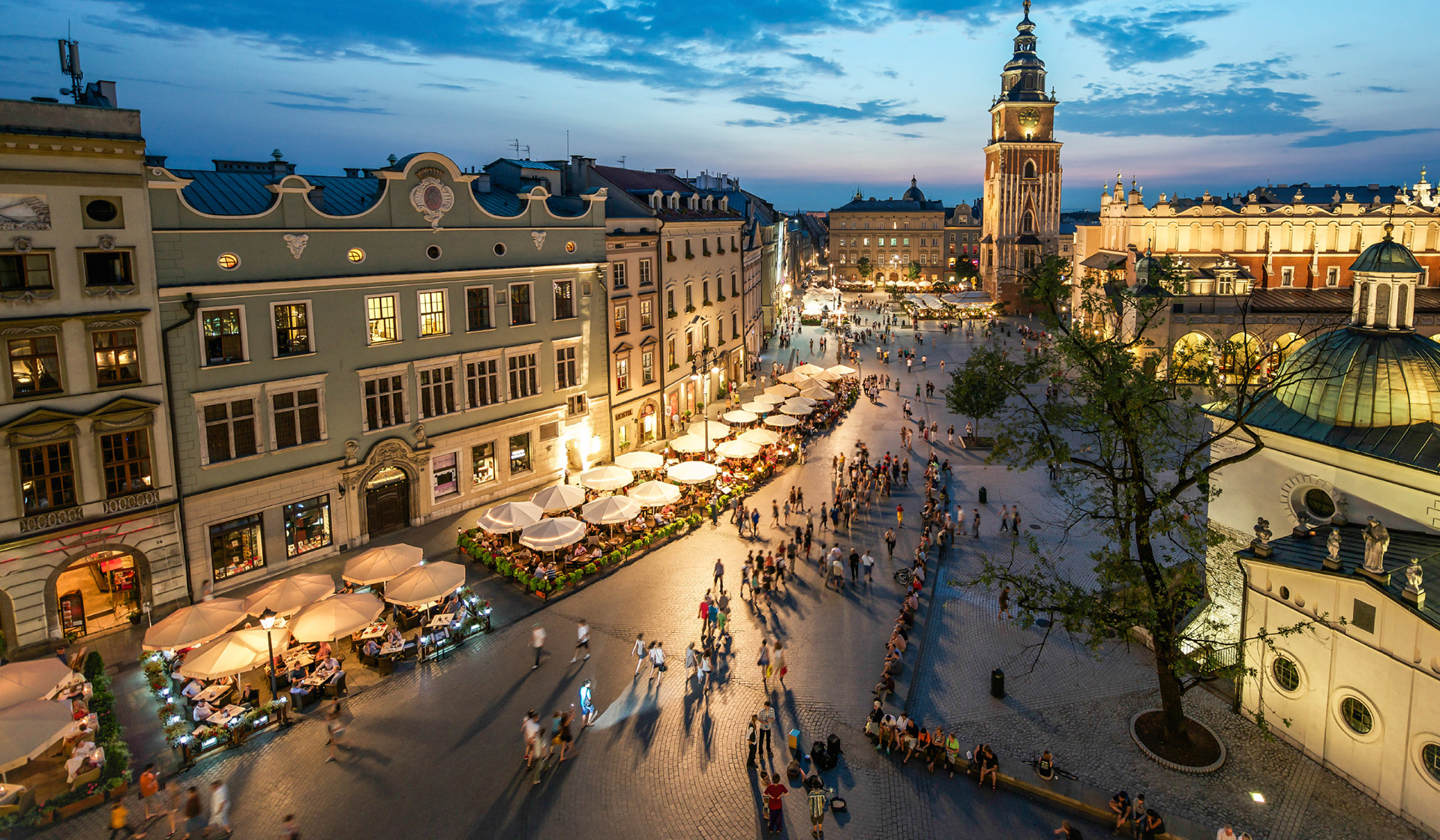
It is now the capital of the Lesser Poland Voivodeship. The city has grown from a Stone Age settlement to Poland's second most important city. It began as a hamlet on Wawel Hill and was already being reported as a busy trading center of Slavonic Europe in 965. With the establishment of new universities and cultural venues at the emergence of the Second Polish Republic and throughout the 20th century, Kraków reaffirmed its role as a major national academic and artistic center. A famous Da Vinci’s masterpiece Lady with an ermine is hosted at the Czartoryski Museum.
Painted around 1489-1490, its subject is identified with Cecilia Gallerani, the mistress of Lodovico Sforza, "Ludovico il Moro", Duke of Milan. The painting is one of only four female portraits Leonardo painted (the other three being the Mona Lisa, the portrait of Ginevra de' Benci and La Belle Ferronière). Another art treasure is the gold-plated dome of the Sigismund Chapel that crowns the best example of Renaissance art and architecture , or the 81-meter-tall tower with a Gothic spire dating back to XV century. Always in theme of arts, another Krakow’s wonder is the 42-foot-high and 36-foot-wide Veit Stoss' magnum opus. It is considered to be the largest Gothic sculpture in the world and consists of 200 fine lime wood sculptures treated with color and gold foil.
Who’s Veit Stoss? he was one of the first artists from Northern Europe who could be compared with Italian Renaissance artists. The power of expression of the gestures of his characters, compounded by the folds in their garments, give his sculptures a dramatic aspect. Veit Stoss, besides being a sculptor, was also a productive engraver and painter. Through his engravings he could circulate his works on a generous scale. But even in the two-dimensional space of his engravings, he always expressed himself as a sculptor. You can see his sculpture at the St. Mary's Church, in Kraków. Subterranean wonders?
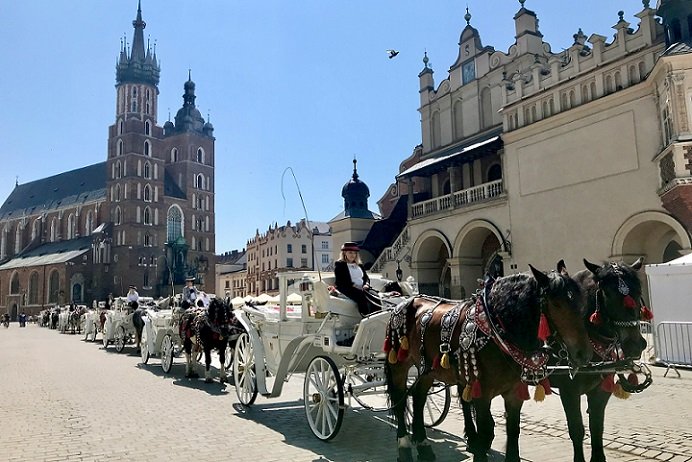
Nine centuries of mining in Wieliczka produced a total of some 200 kilometres of passages as well as 2,040 caverns of varied size. So you will be able to spend your time in a world of labyrinthine passages, giant caverns, underground lakes and chapels with sculptures in the crystalline salt and rich ornamentation carved in the salt rock. If you got inspiration by this subterranean world, maybe you can have a quick visit to the Franciscan monastery adjoining the church of St. Casimir where bodies get mummified by themselves in the dry cold crypts. Beside cultural and curious sites to visit, Krakow offers a lot of green spots where you can relax, have a pic-nic, or stroll with some music, friends and meet locals. There are something like 40 public parks, including the 1020-acre Las Wolski forest. You cannot miss the planty ring of about 30 gardens since it encircles the central Old Town historic district.
Its leafy alleys and flowerbeds replaced Krakow’s once awesome city walls in the 1820s. But one of the most beloved by local people is for sure the Park Jordana very close to the National Museum, downtown. There you can get a paddling tour in the pond or play your sport in different playgrounds. As the park spread alongside three major campuses and the central university library, it is clear that this is a spot privileged by students and joggers, strollers, dog owners, sunbathers, etc.
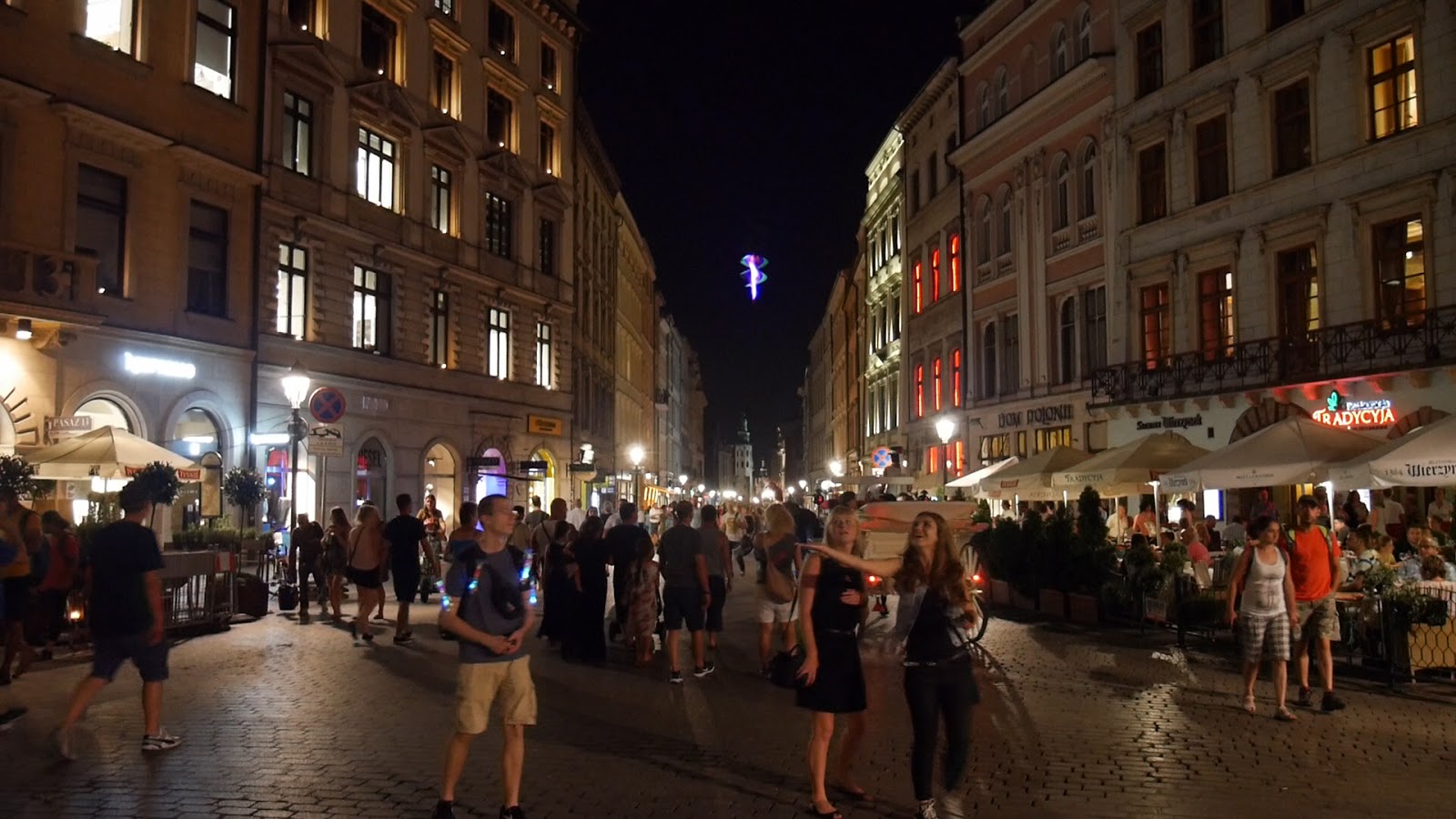
There is also a very old botanical garden set up in 1779 featuring 5000 exotic and native plants (27, Kopernika street). Very nice place to relax right in the middle of the city. Also, in terms of accommodation, you will be happy to know that Krakow offers some of the nicest and cheapest youth hostels of Poland. After the invasion of Poland by Nazi Germany at the start of World War II, Kraków was turned into the capital of Germany's General Government. The Jewish population of the city was moved into a walled zone known as the Kraków Ghetto, from which they were sent to extermination camps such as Auschwitz and Plaszów.
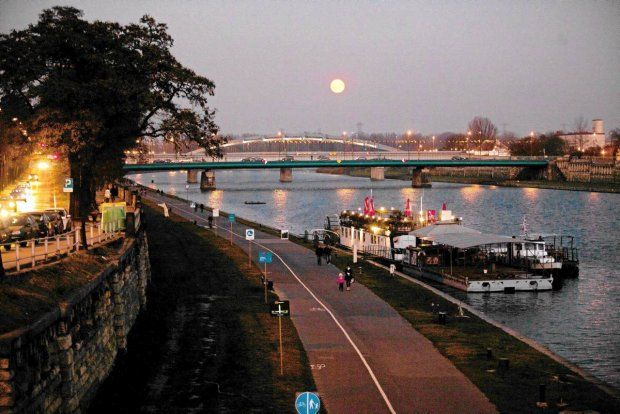
In 1978—the same year UNESCO placed Kraków on the list of World Heritage Sites—Karol Wojtyła, archbishop of Kraków, was elevated to the papacy as Pope John Paul II, the first non-Italian pope in 455 years and the first ever Slavic pope. So have a look around and you will discover that some of the cutest and cheapest youth hostels of Eastern Europe are in Krakow, Poland offering a warm hospitality! It is advisable to make your bookings well in advance to reserve your accommodation if you wish to get a central location and the best price in beautiful Krakow.
Tweet
Follow @Charlesfrize

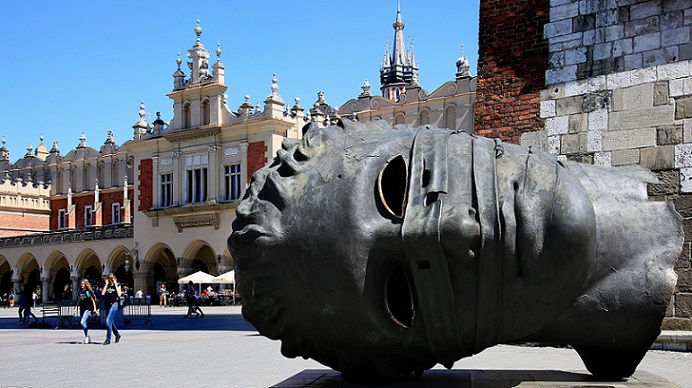







New! Comments
Have your say about what you just read! Leave a comment in the box below.